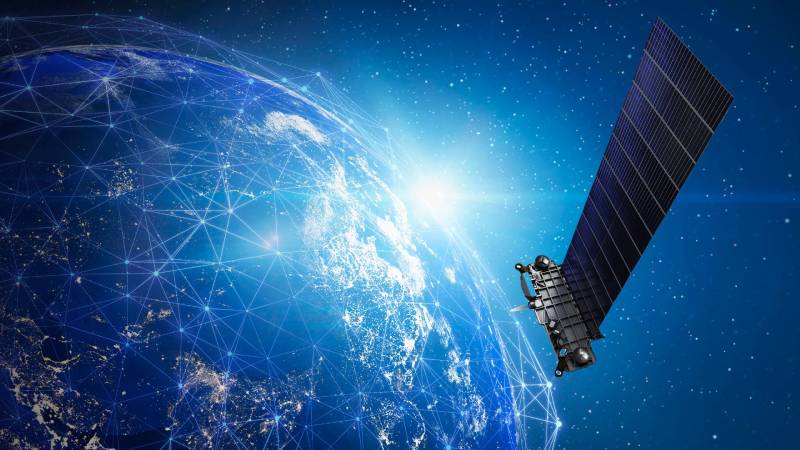The corporation declared that the launch of Jupiter 3, the largest private communications satellite in the world, is scheduled for this Wednesday.
Aboard SpaceX’s Falcon Heavy rocket, Hughes Network Systems’ Jupiter 3—a satellite with an ultra high density—built by Maxar Technologies will be launched from Cape Canaveral in Florida at 11.04 p.m. on Wednesday (8.34 a.m. IST on Thursday).
The robust geostationary satellite will be located 22,300 miles above the equator of the planet. Jupiter 3 is designed to provide users in North and South America with gigabytes of connection.
The organization claimed in a statement that Jupiter 3, the largest commercial communications satellite ever built, will soon approach an airliner’s wingspan when fully deployed.
The Hughes Jupiter satellite fleet’s capacity will be doubled by Jupiter 3. Along with providing internet access throughout North and South America via satellite, it will also offer marine connections, enterprise networks, backhaul for Mobile Network Operators (MNOs), community WiFi solutions, and in-flight Wi-Fi.
Jupiter 3 is a strong satellite that will be fueled for its entire life (about 15 years) by the sun thanks to its approximately 14 powerful solar panels.
The arrays, which have 7 panels on each side, are bigger than a blue whale, the world’s largest animal, at 127 feet long when fully deployed.
SpaceX has stated that its crew is prepared to launch the rocket.
The Elon Musk-led organization announced on Twitter that “teams completed the launch readiness review” and that “We are targeting Wednesday…for the satellite from Launch Complex 39A in Florida.”
Nearly 27,215 kg may be sent to geosynchronous orbit by the company’s Falcon Heavy, which is equipped with 27 Merlin rocket engines and has a maximum thrust of nearly 5 million pounds force (22,241 kilonewtons) at launch.
Around 8 or 9 minutes following launch, the two side boosters of the rocket for the Jupiter 3 mission are anticipated to conduct boost-back burns to re-enter SpaceX’s Landing Zones 1 and 2 at Cape Canaveral.
However, unlike most Falcon 9 and Falcon Heavy launches, the core booster will not try a sea landing on one of SpaceX’s autonomous drone ships.
Instead, the massive Jupiter 3 will be placed in its correct orbit using the fuel reserves of the core stage.
Topics #Communication #Earth #Jupiter #Jupiter 3 #Orbit #Satellite #space #SpaceX










